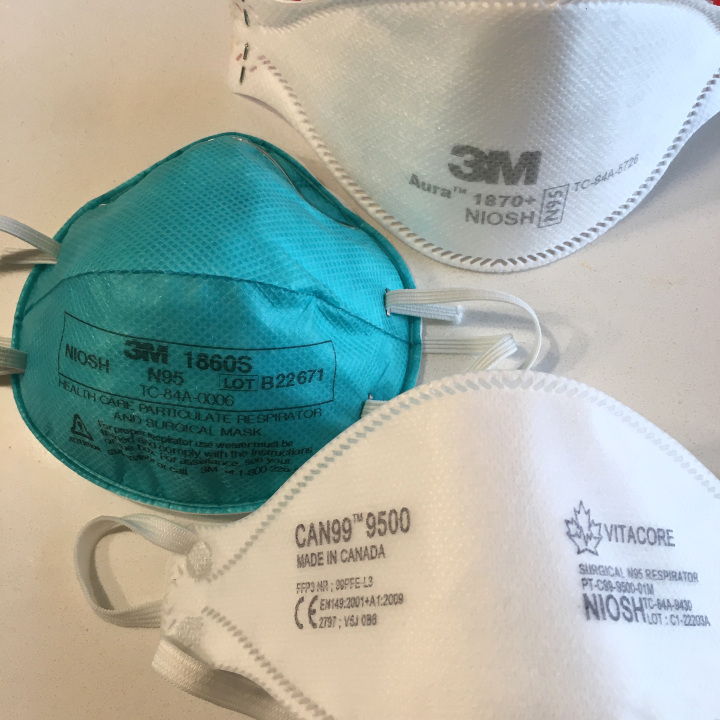The authors are the presidents of American Academy of Family Physicians, American Academy of Pediatrics, American College of Physicians, American College of Obstetricians and Gynecologists, and the Infectious Diseases Society of America.
Let us introduce ourselves. We are the doctors you trust with your health and the health of your family across every stage of life, from the first checkups in infancy and childhood, to health care during pregnancy and adulthood, through management of chronic illness and aging. We are family physicians, pediatricians, internal medicine physicians, OB-GYNs, and infectious disease experts. Our commitment is not to politics, but to the absolute well-being of our patients and populations, and to providing them with best evidence-based health care.
We have an urgent, united message: Immunizations work, they are very effective and safe, and they save lives. Vaccines are among the most rigorously studied and effective tools in public health. Through widespread immunization, we have eradicated debilitating and fatal diseases that once caused serious illness, hospitalization, and death for millions of people.
But today, that legacy is at serious risk.
